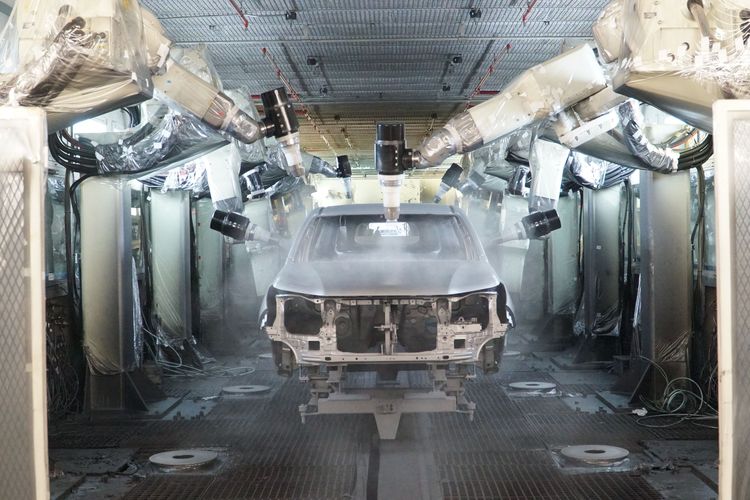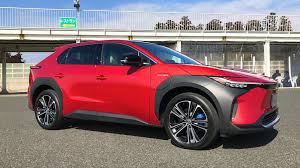The proposal to implement a 12 percent VAT on the automotive sector has sparked debates among industry players and consumers. Here’s a breakdown of the possible effects this policy could have.
1. Increase in Vehicle Prices
One immediate effect of 12 percent VAT on the automotive sector would be a rise in vehicle prices. Manufacturers and dealerships may pass the tax burden onto consumers, making cars more expensive and potentially reducing affordability for many buyers.
2. Impact on Consumer Demand
Higher prices could lead to a decline in demand for vehicles. Middle-income consumers, in particular, may delay purchases or opt for second-hand cars, impacting new car sales in the short term.
3. Challenges for Automotive Manufacturers
Automotive manufacturers may face increased production costs under the 12 percent VAT on the automotive sector. This could pressure profit margins and force companies to reconsider pricing strategies or seek operational efficiencies.
4. Effect on the Automotive Market
The tax increase could disrupt market growth. Luxury car brands may experience less impact as their buyers are less price-sensitive, but economy and mid-range brands might struggle to maintain sales volume.
5. Government Revenue vs. Industry Growth
While 12 percent VAT on the automotive sector could boost government revenue, it may slow down industry growth. Policymakers must balance these competing priorities to avoid stifling the automotive sector’s development.
Conclusion
The introduction of a 12 percent VAT in the automotive sector has far-reaching implications for consumers, manufacturers, and the broader economy. Careful analysis and stakeholder input are crucial to mitigate negative impacts while achieving policy goals.
Would you like to explore specific impacts on electric vehicles or budget car segments?


